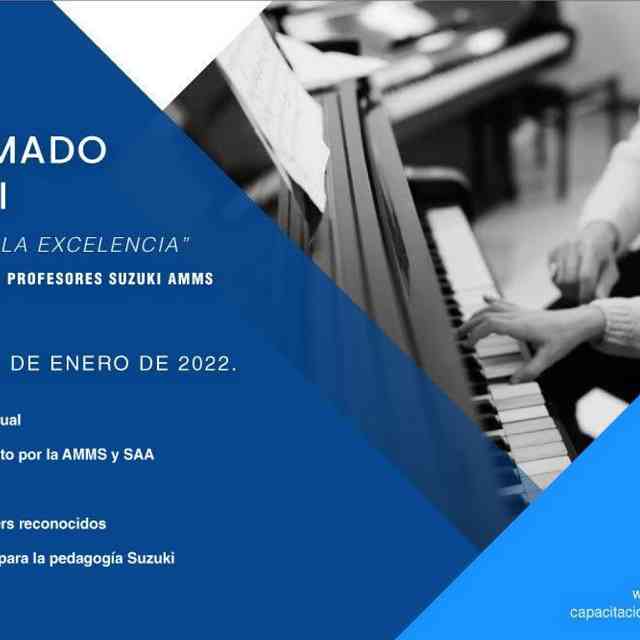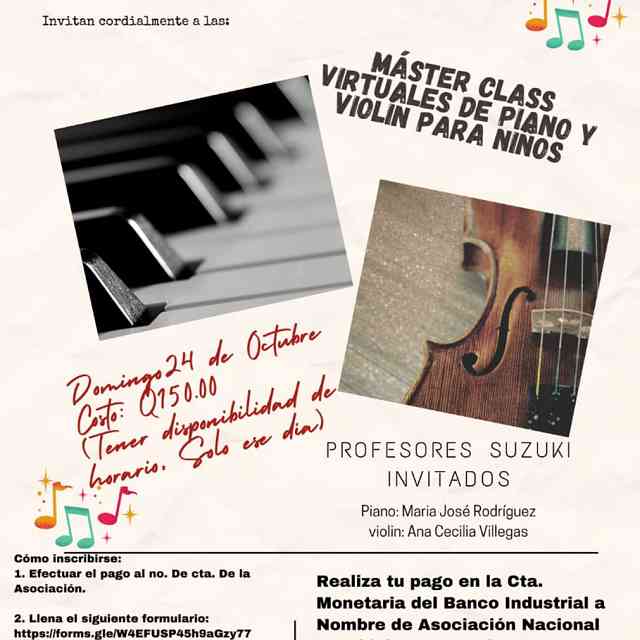Here I am in the southern hemisphere again! Our family enjoyed living and working in Lima, Peru for two years (1984-86) where I started a Suzuki program and trained teachers and my husband started a band program at the American School. So we were very interested when our former superintendent moved to Santiago, Chile and wanted to hire us both to teach at Nido de Aguilas, the American School there. We decided to take the big step, this time with nothing held back. We resigned our positions at the University of Nebraska and we’re going to be here for many years (iOjala!)
We have been here for only one month but I can already see that Chile is going to be a good place to teach music to young people. Santiago is in the middle of this very long thin country, and it is definitely the cultural center. There are two professional symphony orchestras, a ballet company; an opera company, and many smaller orchestras and chamber groups. The government is strong and stable, and the economy works well. There are still many poor people, but I see evidence of a larger percentage of middle and upper middle class here than I did in Peru. There are many fine private schools and several large universities. As with any country or culture I’ve ever experienced, people here love their children and see them as the hope for the future.
My first priority is to build a fine string program here at Nido de Aguilas. So far faculty; parents, and students are all very enthusiastic and supportive. The only prerequisite for lessons is the parents’ willingness to attend with the child and help him or her at home. This has been hard to insist on, but I am insisting because it is of such fundamental importance to the method. Children receive one shared individual lesson (three children for one hour—20 minute private lesson and observation of two more for each child) plus a group lesson each week. I am emphasizing KI and KII (4- and 5-year-old students) through fourth grade, but I have allowed ten very interested fifth and sixth graders to begin. The school purchased 20 instruments which were rented immediately after my presentation to parents, where two of my own children played and I showed excerpts from videotapes of the 1984 Japanese Annual Concert and my program in Lincoln, Nebraska, interspersed with an explanation of the Mother Tongue approach. Now we’re trying to get more small violins. No store carries them in stock but I’m working on it. The main problem is the huge duty imposed on imports. We also have four small cellos and two violas which I’ll start some of the sixth graders on next week. We’ll have a seventh grade orchestra by March! There are almost 50 children now signed up for lessons and I’m doing a lot of pre-violin (box) work, while we wait for violins. We will have our first concert December 5th.
The general state of music education in Chile is still somewhat a mystery to me. Most of the violin teachers at the universities and conservatories don’t like to teach young children at all and most require two years of music theory before beginning lessons! This would definitely discourage most young beginners! The violin teacher with the best reputation here has terrible things to say about the Suzuki Method (the usual comments about inability to read music, etc.). So, I’m grateful that I have a wonderful school with open and willing parents who have no preconceived notions!
Luckily I also have some good musical contacts here in Santiago through Edward Brown, Principal French Horn with the Santiago Symphony who lived in Lima while we were there. He is introducing us to many of the musicians in Santiago. Also, a young Japanese girl who started lessons in Tokyo, then studied with me for two years in Lima and for two more years with my colleague, Caroline Blondet, has now moved to Santiago and is beginning Book 6 with me! She and my son, Dennis, will be good examples of young children who have been studying for a longer time with the Suzuki Method!
Since my primary responsibility is to the Nido de Aguilas program, I can already see that teacher training is going to be my main contribution to the larger Chilean musical community. I may take one small class of non-Nido students as a demonstration group to teach in Spanish. I hope to begin a teacher-training course in March.
Having embarked on a second Latin American adventure, I have very definite ideas about the ways the SAA can help us build good Suzuki programs here. The first priority needs to be the support of existing long-term Suzuki Programs, especially ones where teacher training is a possibility. We need materials in Spanish, publishing company representatives working out ways to have music and cassettes available in local music stores, instrument makers willing to give workshops on making small-sized instruments, and places to get accessories. We need teachers and teacher trainers willing to teach at seminars and institutes with SAA help with expenses and airfare. Both new, indigenous teachers and more experienced “transplants” need SAA financial support to attend international conferences and teacher training courses. Teachers, new and old, need the stimulation of collegiality and new ideas that one can experience at such events. Tour-groups with simultaneous training courses are more helpful if there is a way to continue the impact and follow-up on the training. Perhaps interested teachers in a “new” country could be given financial support to attend an institute in the United States or to visit another Latin American Suzuki program, or even have a plan that would include several such events for consecutive years so there would be a continuous journey in training.
Communication between countries is another pressing need. It is very important that we have a Latin American newsletter (in English, Spanish, and Portuguese) and a Latin American directory; which would include all Suzuki teachers, not only those able to pay the SAA membership fee. I think it would be a fantastic help to have a Latin American Continental Teachers Conference so that we can share our experiences, learn from each other and give all the teachers a sense of the larger movement that they are a part of. Putting all of this together would take a lot of time, money and ability. What we really need is a Latin American Executive Secretary -someone who receives a salary from the SAA and travels to all the countries, coordinating efforts, helping to schedule conferences and institutes, publishing newsletters, etc.!
I guess I’ve gotten pretty “far out” with my dreams! If the SAA could help on even a part of this it would be great! Perhaps a committee could be assigned to work out a long-range plan that would deal with all of the issues I’ve raised. This is a continent with much beauty, rich cultures and wonderful families. But it is also a continent with fantastic difficulties, conflicts and problems. The Suzuki Method has much to offer these countries: the development of the abilities of young people in an atmosphere of cooperation, a way for parents and children to work together, the experience of creating beautiful music together, and the opportunity to develop self-esteem and discipline. Please help us in any way you can!







